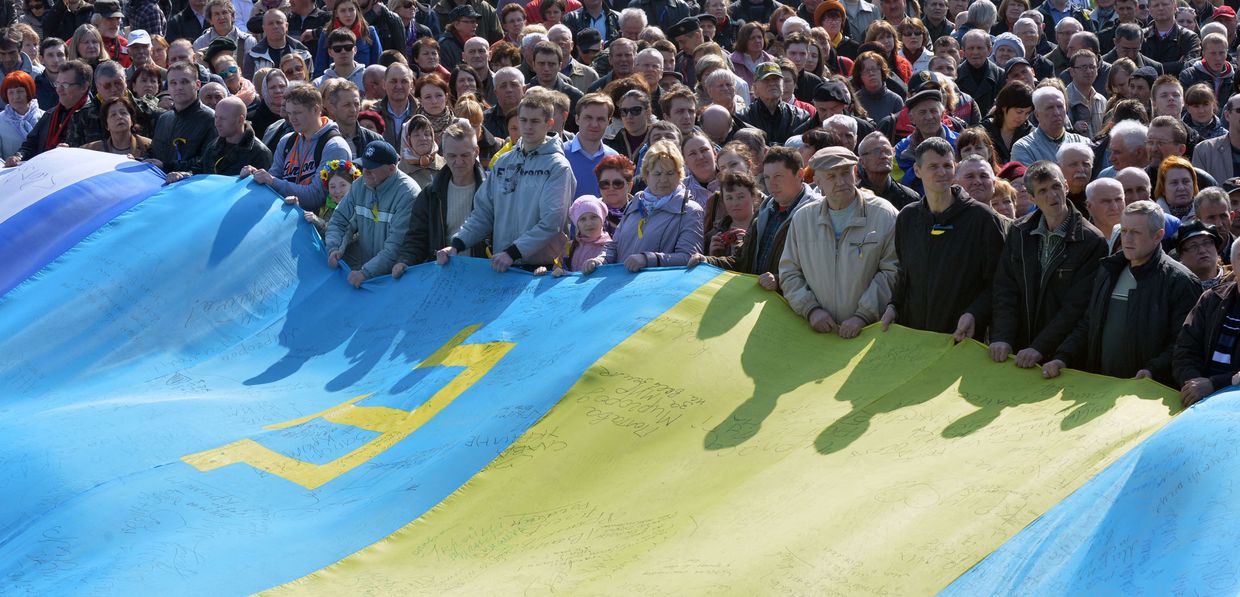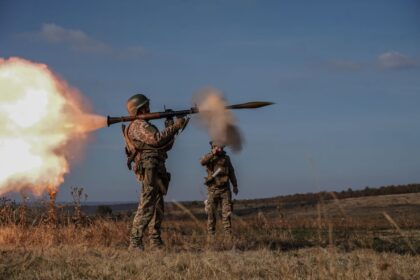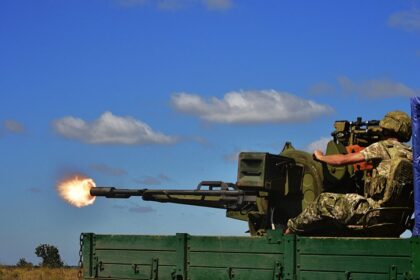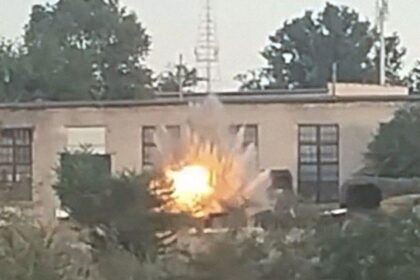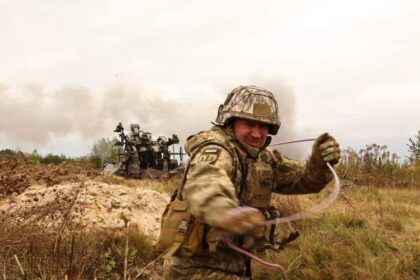**Russia’s Annexation of Crimea: A Decade of Occupation**
It’s been over a decade since Russia seized Ukraine’s Crimean Peninsula in February 2014, marking the beginning of an ongoing war against Ukraine. The annexation was met with widespread international condemnation, with over 100 countries voting to condemn the move as illegal.
**How Did Russia Annex Crimea?**
The annexation was made possible by a combination of factors, including Russia’s military presence in the region and its manipulation of local politics. In the months leading up to the annexation, Russia had been building up its military presence in Crimea, which is home to a significant ethnic Russian population.
On February 26, 2014, Russia staged a referendum on independence for Crimea, which was widely seen as a sham. The results of the vote were overwhelmingly in favor of joining Russia, but they were not recognized by Ukraine or the international community.
The annexation was then formalized through a treaty signed between Russia and the self-declared “Republic of Crimea,” which had been established after the Russian-backed coup in Ukraine’s capital city, Kiev. The treaty effectively made Crimea part of Russia, despite its internationally recognized status as an integral part of Ukraine.
**Why Is Crimea Important to Ukraine?**
Crimea is of immense strategic importance to Ukraine, and its annexation by Russia has significant implications for the country’s sovereignty and territorial integrity. The peninsula is home to a number of important ports and military bases, making it a key location for naval power.
Moreover, Crimea has a rich cultural heritage, with a diverse population that includes ethnic Ukrainians, Russians, Crimean Tatars, and others. The annexation has had a devastating impact on the local population, particularly the Crimean Tatar community, who were subjected to forced deportation by Soviet authorities in 1944.
**The Human Cost of Annexation**
Since the annexation, there have been numerous reports of human rights abuses against the Crimean Tatar and Ukrainian populations. Many people have been detained, arrested, or forced into hiding, while others have been subject to harassment and intimidation.
The Russian government has also imposed a system of residency permits on residents of Crimea, which effectively denies them their basic rights as citizens of Ukraine. This has led to widespread protests and demonstrations, with many residents calling for the return of Ukraine’s control over the peninsula.
**Ukraine’s Efforts to Regain Crimea**
Despite the challenges posed by Russia’s annexation, Ukraine remains committed to regaining control over its territory. The country has created a special agency, the Crimea Platform, which aims to bring together international partners and support efforts to liberate the occupied peninsula.
In 2021, Ukraine organized the first-ever Crimea Platform Summit, bringing together representatives from over 50 countries to discuss ways to resolve the conflict in Crimea. The summit was seen as a significant step towards international recognition of Ukraine’s sovereignty and territorial integrity.
**Conclusion**
The annexation of Crimea by Russia has had a profound impact on the region and its people. It is essential that the international community continues to support Ukraine’s efforts to regain control over its territory, particularly in light of ongoing reports of human rights abuses against the Crimean Tatar and Ukrainian populations.
As Lucy Minicozzi-Wheeland, contributor to The Kyiv Independent, notes, “Crimea belongs to Ukraine according to international law and has been occupied by Russia since 2014. Allowing the change of borders by the use of force will create a precedent for authoritarian regimes to follow.”




